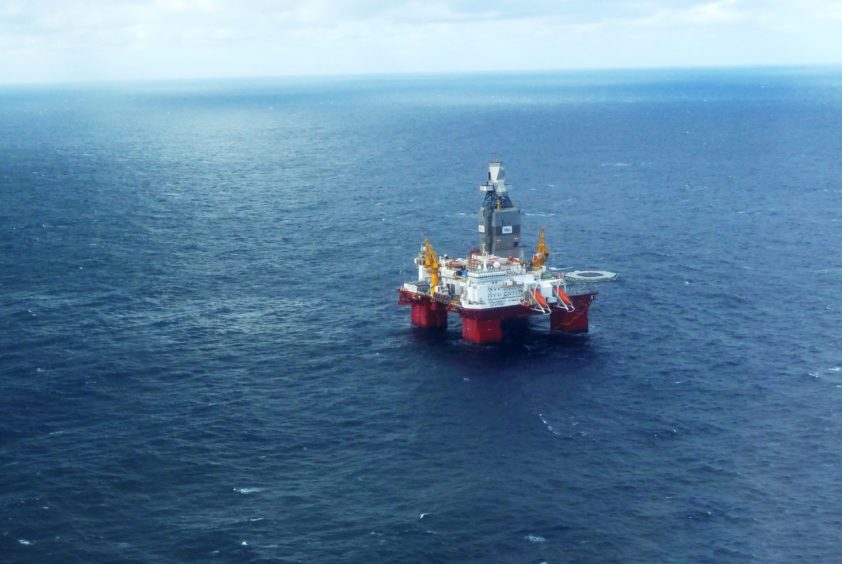
Oil extended its recovery from Monday’s plunge below zero but remained under intense pressure from a swelling global supply glut.
Futures in New York rose by around 14% toward $16 a barrel after swinging between gains and losses earlier. Already inundated with bearish signals, the market shrugged off data released Wednesday showing U.S. crude stockpiles rising to a three-year high and petroleum demand at a record low. An order by President Donald Trump authorizing the Navy to destroy any Iranian gunboats that harass American ships may have lent some support.
Prices near or below zero are expected to persist until production drops to a level that will offset the unprecedented collapse in demand caused by the coronavirus. ICE Futures Europe Ltd. confirmed on Tuesday night that it has taken steps to prepare for negative Brent pricing. Meanwhile, oil traders are rewriting their risk models to accommodate potentially limitless declines.
OPEC+’s deal to slash daily production by about 10 million barrels from May is proving insufficient to offset demand losses that could be as high as 30 million barrels a day. In the U.S., the world’s biggest oil producer, operators have started shutting wells and halting drilling, steps that could cut output by 20% and leave thousands of workers unemployed.
“While some may see negative WTI pricing earlier this week as a quirk of the futures market, it’s an ominous sign,” said Victor Shum, vice president of energy consulting at IHS Markit. It “reflects brutal market forces that are forcing supply to adjust to a much lower level of world oil demand,” he said.
West Texas Intermediate for June delivery rose 14% to $15.67 a barrel on the New York Mercantile Exchange as of 1:07 p.m. in Singapore. The May contract plunged to as low as -$40.32 on Monday.
Brent for June settlement climbed 11% to $22.62 a barrel on the ICE Futures Europe exchange. It advanced 5.4% in the previous session after falling to a 21-year low earlier. Dated Brent, a reference for almost two-thirds of the world’s physical flows, was assessed at $14.21 a barrel Wednesday, compared with $13.24 the day before, according to price reporting service S&P Global Platts.
U.S. crude stockpiles rose 15 million barrels to 518.6 million, the highest in almost three years, the Energy Information Administration reported. Inventories at the storage hub at Cushing, Oklahoma swelled by 4.8 million barrels to 59.7 million, taking it closer to its maximum capacity of around 76 million barrels.
As onshore tanks fill, demand for tankers to store oil at sea is surging. There’s currently around 34 million barrels of crude oil in floating storage, with another 45 million to be loaded onto ships before the end of the month, according to Rahul Kapoor, head of commodity analytics and research at IHS. The maximum capacity for floating storage is around 190 million barrels at the moment, he said.
Oil markets are also having to grapple with a wave of volatility spurred by exchange-traded funds. The United States Oil Fund said it may roll more of its WTI contracts forward due to extraordinary market conditions, while the futures division of brokerage INTL FCStone Financial Inc. is limiting the ability of some clients to enter into new trades in the most active oil benchmarks.
Asian retail investors were also caught out by the WTI’s collapse on Monday. From Beijing to Seoul to Mumbai, the oil-tracking funds that offered cheap entry for the layperson suffered substantial losses. That’s led to several Chinese banks suspending opening new positions on crude oil products.
Recommended for you
